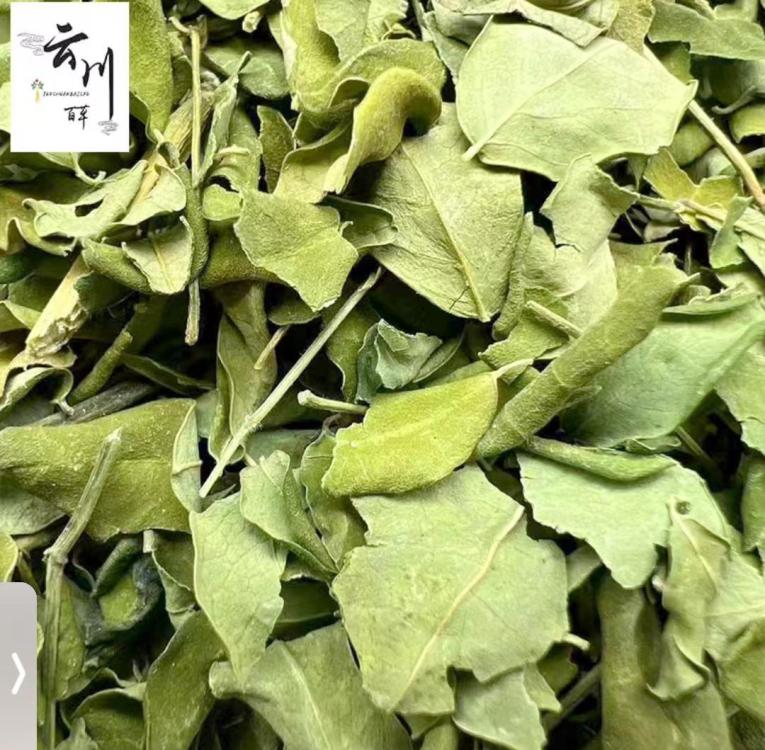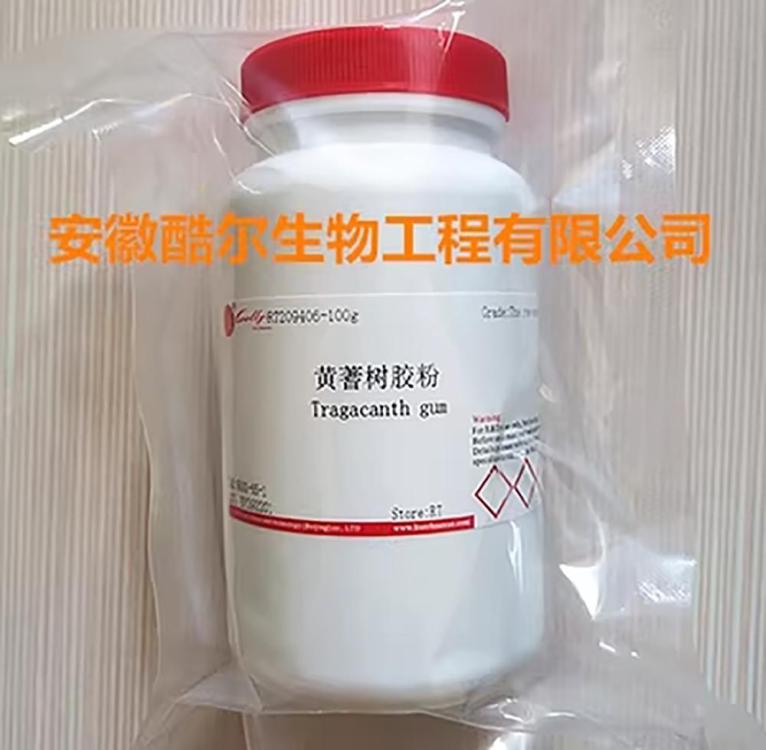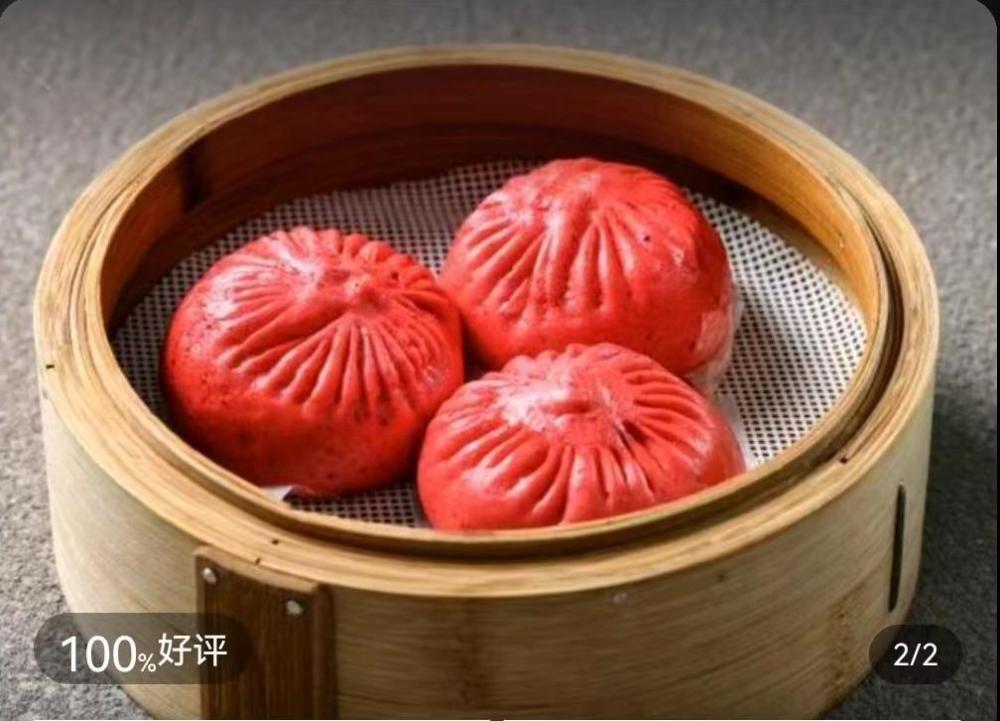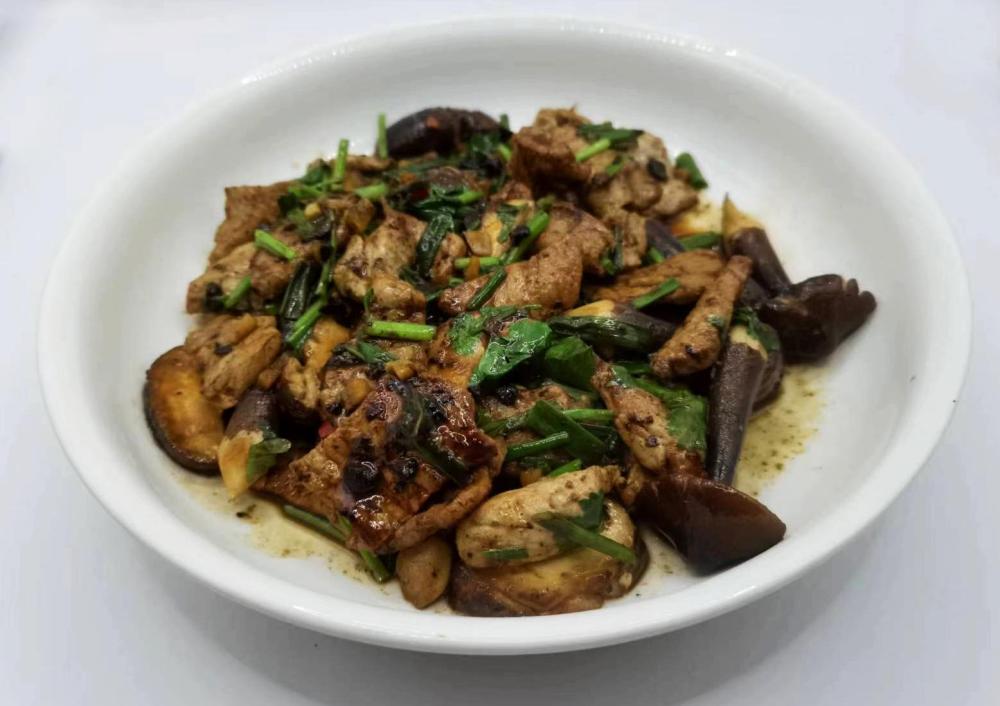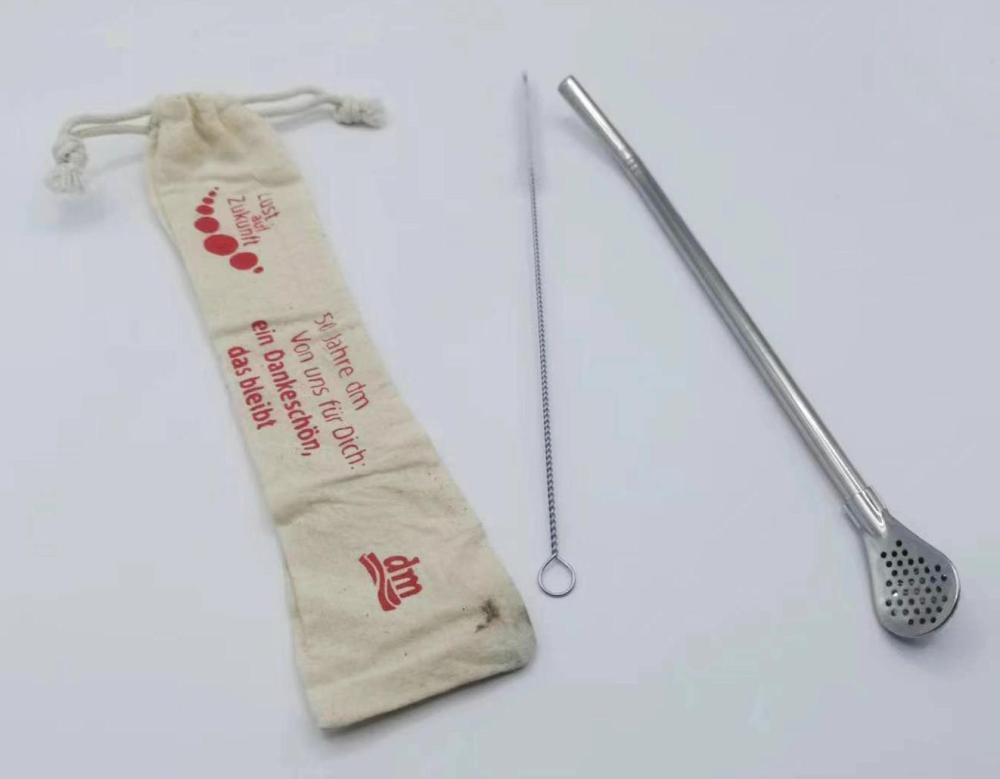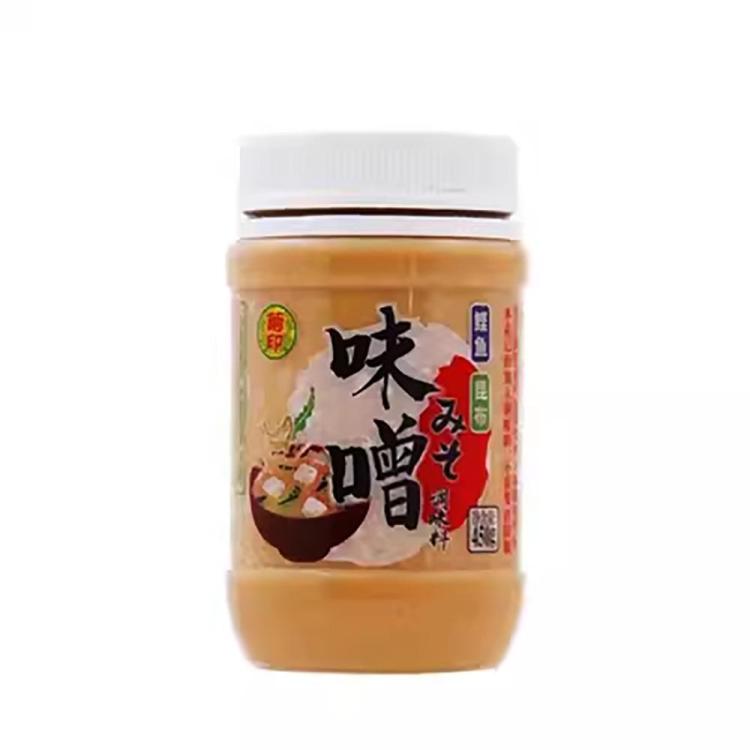-
Posts
16,751 -
Joined
-
Last visited
Content Type
Profiles
Forums
Store
Help Articles
Everything posted by liuzhou
-

A week in Lombok and Jakarta, Indonesia
liuzhou replied to a topic in Elsewhere in Asia/Pacific: Dining
That really did make me laugh out loud, something I rarely do alone at home. Made my day! Moringa is common here. It's called 辣木 (là mù), meaning 'chilli spicy wood' and widely used in TCM as well as in cooking, especially the leaves. -
This is widely available here under the name Tragacanth Gum. Pretty expensive in local terms though, at ¥176 per 100g ($24.22 / 100g USD). Those with local Chinese markets or stores might find it there under any of these names 黃蓍膠;膠黃;龍須膠. My favourite is the last; it literally means 'Dragon's Beard Gum'. I've never used the stuff, so can't comment on its efficacy.
-
Both. Some of the many milk tea places in town do supply them, but I've also see people carrying them, usually girls with their handbags. They're not that difficult to clean. Also they are cheap to make (mine cost $1 USD but that was retail) but reusable, saving money in the long term. Non-disposable is becoming a buzzword here in recent years.
-
It wouldn't work with congee unless the congee was super thin and then you'd be sucking up the water the rice was cooked in. (Although the original meaning of the word 'congee' is derived from, the Tamil kañji, did refer to that water. Normal 'rice gruel' is too thick.
-
Drinking. Fat straw are available to go, but it's more of an in-store activity here.
-
The straw is used to drink the liquid element and the spoon to pick out the tapioca balls. Yes it is also often served with "fat straws" for those who choose to suck up bubbles.
-

Airline Food: The good, the bad and the ugly
liuzhou replied to a topic in Food Traditions & Culture
I thought everyone did that. Unless it's a restaurant which knows how to serve cheese. -
His Japanese is a bit suspect. むすび or 結び(musubi) actually means 'conclusion'. It has been used to describe a type of knot used to tie (conclude) various food wrappers etc and also sometimes refers to rice balls stuffed with various fillings and tied with a knot of nori. In that usage it is a synonym for the more usual o-nigiri (おにぎり). I hope his cooking is better than his Japanese etymology! 😀
-
The desecration continues apace. I came across these on my food delivery app today. No! I didn't order them! I wouldn't want them to think it's a good idea. Luosifen Bao Buns. Yes. Take a bowl of noodles and shove the contents inside a steamed bun, but first dye said bun lurid red using food dye. I'm struggling to think of anything worse!
-
Whether my bubble tea spoon is based on a yerba maté spoon or was invented independently is really irrelevant. Tools have been reinvented over and over by different cultures, often for different purposes. I have a number of teaspoons but rarely drink tea and never use a teaspoon when I do. I could use the thing for many purposes including stirring my breakfast G&T! Given the massive culture of boba tea drinking all over China, it is fair to say that more of these spoons are used in tea drinking than in yerba maté production. Even if only 10% of Chinese tea drinkers use them that is three times more than the entire population of Argentina. And that’s not taking into account the boba tea drinkers elsewhere in Asia and beyond. All that matters here is that the spoons are sold here as being for milk and boba tea and I see people using them every day.
-

Airline Food: The good, the bad and the ugly
liuzhou replied to a topic in Food Traditions & Culture
I've been to restaurants like that! -
What's southern Argentina to do with it?
-
When I moved to China in 1996, almost nothing 'western' was available and what was findable was imported via Hong Kong (still under British rule then) and ludicrously expensive. Today, China has the largest on-line shopping culture on the planet (yes, bigger than Amazon) and most things are available. They also became cheaper as availabiity increased. That stopped to an extent during the pandemic for two main reasons. The countries exporting were in lockdowns and the foreigners who mainly buy it had all gone home (to their regret!) . But it has almost returned to pre-Covid status . There are few things I can't get. Some more obscure cheeses I can't find and I haven't had a haggis in China ever! Indian and Japanese ingredients can be hard to find (China has a fractured relationshup with both.) Otherwise hit and miss. To be honest though, I seldom go looking for western foods here. I'm happy with the local cuisine which is endlessly, wonderfully varied and delicious. Or maybe I'm just institionalised!
-
Pork tenderloin slices marinated in Shaoxing with garlic, ginger, chilli and fermented black beans. Stir fried with shiitake and black skin chicken fir mushrooms, a native mushroom to these parts - 黑皮鸡枞菌 (hēi pí jī cōng jūn), Oudemansiella raphanipes. A splash of soy sauce and chopped coriander leaf and garlic chives to finish. Served with rice, of course.
-
Bingo!
-
No. No scraping involved.
-
Close but what? And why a spoon instead of just a grille to strain?
-
Here's one for you. Obviously some kind of spoon but for a very specific use. Don't let the German fool you. As ever, only jerks who want to spoil the fun use Google image search.
-
I often serve non-Asian soups in Asian bowls. They're the only bowls I have! I can't find what I call 'pearl barley' here. Barley yes, but it's used to make barley tea (a Tibetan specialty) and is pre-roasted. It is also toasted and ground before selling as flour to make the Tibetan staple, Tsampa. neither are what I want in my soups. I'd love a bowl of Scotch broth -it's been decades!
-
I had just bought a new jar of white miso when this article popped up on the Guardian this morning extolling the delights of miso in its many forms. Titled "The miso miracle: how to use the ingredient that makes every dish delicious", there's little new for the already converted, but makes a good read just the same. It is easily available here in all its traditional forms. Not surprising really - it originated in China and was carried to Japan in the 6th century CE. Unfortunately, I've never found dried bonito, katsuobushi (かつおぶし 鰹節) here and the supply I smuggled back from Japan a while ago is long gone. I can buy powdered dashi soup mix, but I have standards*! I do use the miso in western and Chinese dishes, though. Especially stir-fries and soups. it is the secret ingredient in my mushrom and seaweed soup which some of my Chinese friends ask me to make. *Actually, some a few are surprisingly good for what they are.


